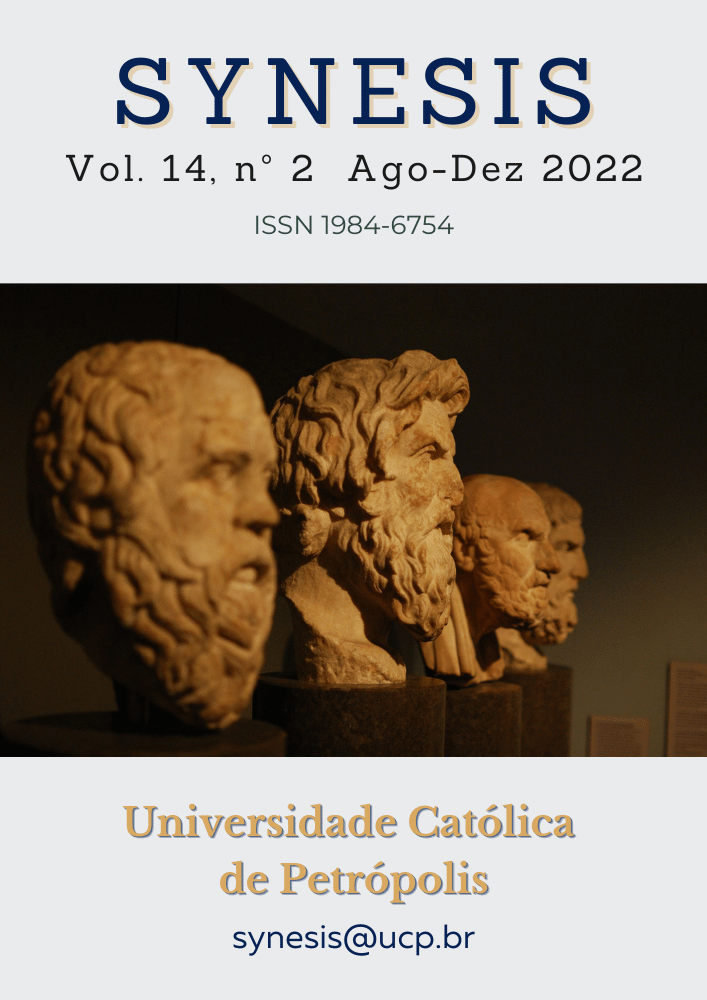Abstract
Confucianism originated in China and was spread into Vietnam in the 2nd century. During the process of existence and development, Confucianism was used by the feudal dynasties of Vietnam as the foundation of the superstructure, and become an effective tool in the management of the country. Confucianism has quickly penetrated into people's spiritual life, dominating all aspects of social life. Therefore, under the feudal dynasties of Vietnam, Confucianism used to hold an important position in fields such as politics, culture, history, etc. To spread the values of Confucianism, many documents about Confucianism have been printed and released; including documents on Han - Nom characters. Historically, documents of this kind have been very heavily printed and stored in the court and widely disseminated among the people. Through the ups and downs of history, these documents gradually disappear and are still very few today. These are valuable documents that help researchers to learn more clearly about the contents of Confucianism and its influence on history. Recognizing that importance, on the basis of studying Han - Nom documents on Confucianism still in existence up to this date, comparing and comparing with the works of previous, this study determined the contents of Confucianism recorded in Han - Nom documents, thereby determining the basic values of Confucianism and Han - Nom documents in history and present.
References
Anh, D. D. (2005). Sino-Vietnamese dictionary simplified. Hanoi: Culture and Information.
Can, N. T. (2002). Origin and process of forming the Sino-Vietnamese reading method. Hanoi: Hanoi National University
Chi, T. K. (2011). Learn about Han - Nom bookstore. Vietnam Library Journal 5 (31), 13-16.
Coedes, George, (1966). The making of South East Asia. University of California Press.
Đại Việt Sử Ký Toàn Thư, “Noi cac quan ban” edition; Wood edition was carved in the 18th year of Chinh Hoa government. (1697). Volume 1. Hanoi: Social Sciences.
Đại Việt Sử Ký Toàn Thư, “Noi cac quan ban” edition; Wood edition was carved in the 18th year of Chinh Hoa government. (1697). Volume 2. Hanoi: Social Sciences.
Dien, N. X. (2005). Overview of Confucian literature at Han - Nom Research Institute. Han - Nom Journal 1 (68), 34-41.
Giap, T. V. (1984). Learn the system of Han - Nom books. Hanoi: Cultural.
Giau, T. V. (1973). The development of thought in Vietnam from the nineteenth century to the August revolution. Hanoi: Social Science.
Han - Nom Research Institute. (1993). Vietnam Han - Nom heritage - Basic directory. Hanoi: Social Sciences.
Huong, L. T. (1996). Han - Nom document. Han - Nom Journal 3 (28), 56-64.
Huu, T. D. (1988). Some theoretical issues about the history of Vietnamese thought. Hanoi: Social Sciences.
Kim, T. T. (1919). Confucianism: introduction into Chinese philosophy. Saigon: Tan Viet
Nghia, T. (1983). Some issues of Han - Nom literature. Hanoi: Social Science.
Tai, N. T. (2002). Curriculum Chinese. Ho Chi Minh City: Ho Chi Minh City National University.
Van, V. H., & Luong, P. V. (2019). Study of the laws under the feudal dynasties of Vietnam. Addaiyan Journal of Arts, Humanities and Social Sciences 1 (7). DOI: 10.36099/ajahss.1.7.4
Van, V. H., Phong, N. X., & Hoang, P. D. (2019). Confucianism perspective on the position of women in society and the impact of that perspective on gender equality in Vietnam Today. Addaiyan Journal of Arts, Humanities and Social Sciences 1 (8). DOI: 10.36099/ajahss.1.8.2
Vuong, T. Q., & Tan, H. V. (1960). History of Vietnamese feudalism. Hanoi: Education.

This work is licensed under a Creative Commons Attribution-NonCommercial-NoDerivatives 4.0 International License.
Copyright (c) 2022 Synesis (ISSN 1984-6754)

